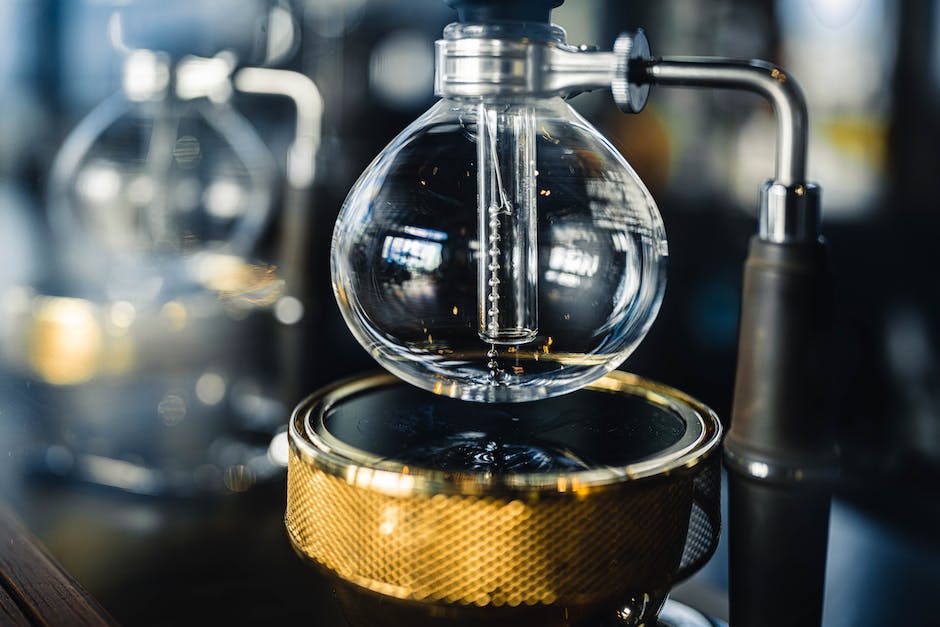The word “coffee” actually means something different depending on where you are in the world. In some countries, people only drink very strong coffee – typically espresso or regular brewed coffee with lots of milk and sugar to taste.
In other countries, people like their coffee less sweet and more savory so they don’t add as much milk and maybe even skip the sugar altogether.
Regardless of what kind of coffee person you are, one thing is universal about coffee — it needs to be hot!
Most people use water when making coffee at home but how that heat is produced varies per country. Some cook their drinks by using a pot over an open flame while others use pre-packaged machines or self-serve systems.
Some types of machines require users to fill up a container yourself while others have automatic filling features. There are also slow cooker style designs for making coffee in the oven or perhaps setting the machine next to a warm source of heat.
This article will talk mostly about insulated thermal mug cups for brewing coffee and why they are important to know. These mugs can keep your beverage warmer for longer because they retain heat better than non-insulated ones.
Types of heat

There are two main types of heat used to make good quality coffee– thermal diffusion and convection. Thermal diffusion happens when hot liquid touches colder liquid, transferring some warmth from the hotter liquid to the colder one. For example, if there is an ounce of espresso in a glass pot, it will not properly foam and growl until it has cooled down.
Convection occurs when heat moves around due to different temperatures attracting or repelling each other. As your drink heats up, it releases small amounts of condensation that cool down the top surface slightly. This effect is very noticeable as the intensity and speed of the pour changes depending on how warm the cup was before.
Both effects work well for making drinks, but only matter in limited cases.
The heating element

Like any other tool, your coffee maker comes with its own special ingredient; it’s called an element. This is what heats up water to make that delicious warm liquid.
Some types of elements use direct heat to boil the water (like our traditional drip machines), while others use conduction or radiative heat (think espresso machine). But none burn away completely until they’re totally cooled!
That’s why most professional brewers have separate boiling elements and brewing baskets. After the boiling element has done its job, it can be discarded and left behind.
In this article we’ll take a look at some common coffee makers and how they work! We’ll also talk about how temperature variations can affect the quality of your brew.
The water reservoir

There is not much to say about the water reservoir, except it must be able to hold some amount of water! Most newer machines have an indicator in the form of a colored temperature gauge or a red light that turns on when the tank is empty.
If your machine does not contain a visual indication then you can use a dry cup to verify if the liquid has drained out completely. A fully dried out cup means there is no fluid in the water reservoir.
Once again, this should be done with extreme care as overheating the pot could result in burning or even explosion of the device.
That being said, make sure to turn off and remove the coffee maker before doing so. You do not want any hot water to spill onto your coffee machine which could cause damage.
What are the best coffee makers for winter?
We recommend the Pavoni Prestige Plus Single Cup System because it only takes around two minutes to brew one cup of espresso-style drink and it will tell you how many grams of milk you need to make it perfect every time.
This also allows you to know exactly what strength beverage you want, and whether it needs more cream or less.
The filter

A coffee maker’s most important part is its filter. What kind of filter you use and how large of a filter you have depend on what size cup or mug you want to make your coffee in.
Most espresso machines will only accept very small filters, with some even requiring no filter at all! This isn’t good if you like strong cups of coffee because the espresso can be tricky to produce without a decent amount of foam.
Some higher quality machines have an automatic-dry feature where they put aside used filters and dry them before using them again. This ensures that there are no leftover flavors from before and helps prevent any burnt tastes due to bad dried out filters.
The temperature

Like most things in life, coffee comes down to personal taste. Some like their coffee colder, some warmer. There are two main factors that determine how hot your coffee is: the water used and the type of machine you have.
The water factor depends on whether or not your drink includes milk or cream. If it does, then these products will add more liquid to the drink, which requires hotter water to balance out. More fluid means longer for the foam to stay afloat, requiring warmer water.
Some machines have an option to choose either warm or cold water, but none can be adjusted like yours probably is!
You can adjust the temperature of the water being poured into your cup either by using cold or boiling water, both of which increase the temperature of your beverage. This isn’t usually necessary, though – most people prefer their beverages heated up slightly. You want them to start to melt just a little bit so that they’re easy to swallow.
Cleaning your machine

As mentioned earlier, there are two main components of most coffee makers- water supply lines and espresso cups or brew heads. These work together to make a good pot of coffee!
Cleaning these parts is very important as they both contribute to the flavor and texture of your coffee. If you try making a drink with burnt tasting water or one that is sour due to poor quality supplies, it can be frustrating.
Luckily, cleaning your coffee maker is easy! You will mostly need a piece of paper and a bottle of alcohol (like rubbing alcohol). Simply pour some onto your supply line set up or into an empty cup holder at the top of your brewer and run a small stream of water through it.
Once all the alcohol has been soaked up, wipe down any areas using the paper and discard the alcohol. Repeat this process for each part of your machine.
Washing your machine

The next thing to do is wash your coffee maker! This will include either cleaning the carafe or washing the brew basket, both of which require special tools.
There are many sites that offer easy to follow steps for how to clean your coffee maker. Since most people agree that using purified water is the best way to start, these sites also suggest using an old-fashioned glass bottle to pour in some water and run it through your machine. Make sure you pull out all components, check underneath to see if there is anything stuck, and dry everything properly.
After completing this step, make sure to leave your machine empty and idle for at least twenty minutes to allow it to completely air dry. In the case of more dried foam, take care not to press down on it as this could cause boiling liquid to seep under the froth and burn yourself.
Maintenance tips

While some models automatically heat water as it flows through, most require you to activate this feature. This is usually done by using a tool called a K-Cup holder or brew wand. You have to use these tools when making drinks!
In fact, depending on the model, you are required to use them every time you make a new drink. That could be once a day, every morning before work, or every night after dinner – your choice!
Some coffee makers have special features that can help save money in the long run. An example of this is an automatic shut off switch for the water reservoir. This cuts down on wasted water due to overheating which may also cause boiling and burning of the device.
Another option is a variable temperature setting for the water. Some machines have settings such as “Warm”, “Cool” and “Auto”. The auto mode works similarly to how your car engine does, it finds the optimal balance between the two and uses it.


